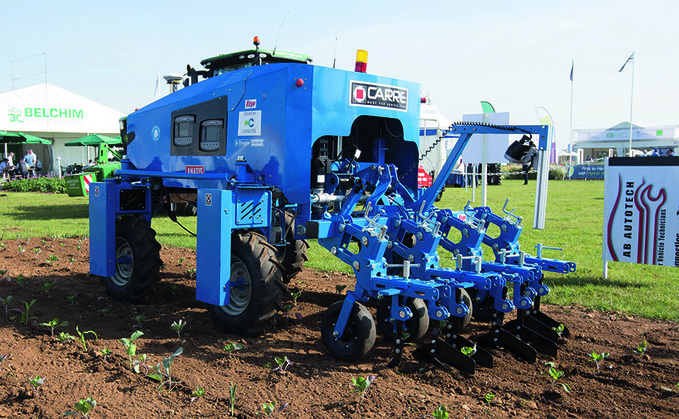
Defra has allocated an additional 31m to the Farming Equipment and Technology Fund as it proved popular with farmers. But what can the money be used for and how do people apply? Jane Thynne reports...

Defra has allocated an additional 31m to the Farming Equipment and Technology Fund as it proved popular with farmers. But what can the money be used for and how do people apply? Jane Thynne reports...